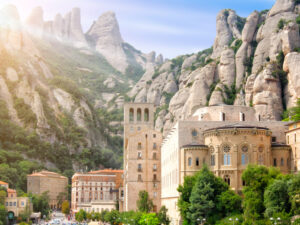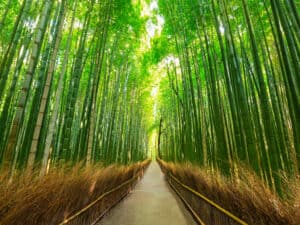The Atacama Desert is an arid yet cool area, which covers 990-mile long land in northern Chile. It is arguably the driest place on earth and has been widely compared to Mars due to its diverse geological formations. NASA has been using the Atacama Desert as a research area for several years and major movies such as Space Odyssey. Voyage to the Planets have been filmed here.
Let’s explore this wondrous otherworldly region in a little more detail
Contents
Where is the Atacama Desert?
The Atacama Desert is present in the western direction of the Andes mountain range on the Pacific coast. More specifically, it is located between the mountains that demarcate the drainage basin of Salado-Copiapó and the southern end of Loa River. While Cordillera de la Costa is present on the desert’s western side, its eastern side has the Cordillera Domeyko or the Andes foothills. The topography of the Atacama Desert mainly comprises salt pans, alluvial fans, pebble accumulations, and dunes.

Why is the Atacama Desert so dry?
The Atacama Desert Chile is the driest place on earth due to the high-pressure cell in the South Pacific region. The Humboldt or Peru Current also contributes to the hyper aridity by facilitating the upward movement of water from the oceanic depths. This cold water, in turn, results in thermal inversion wherein warmer air is present in elevated areas and colder air is located at sea level. Consequently, stratus clouds and fog are formed without any likelihood of rain.
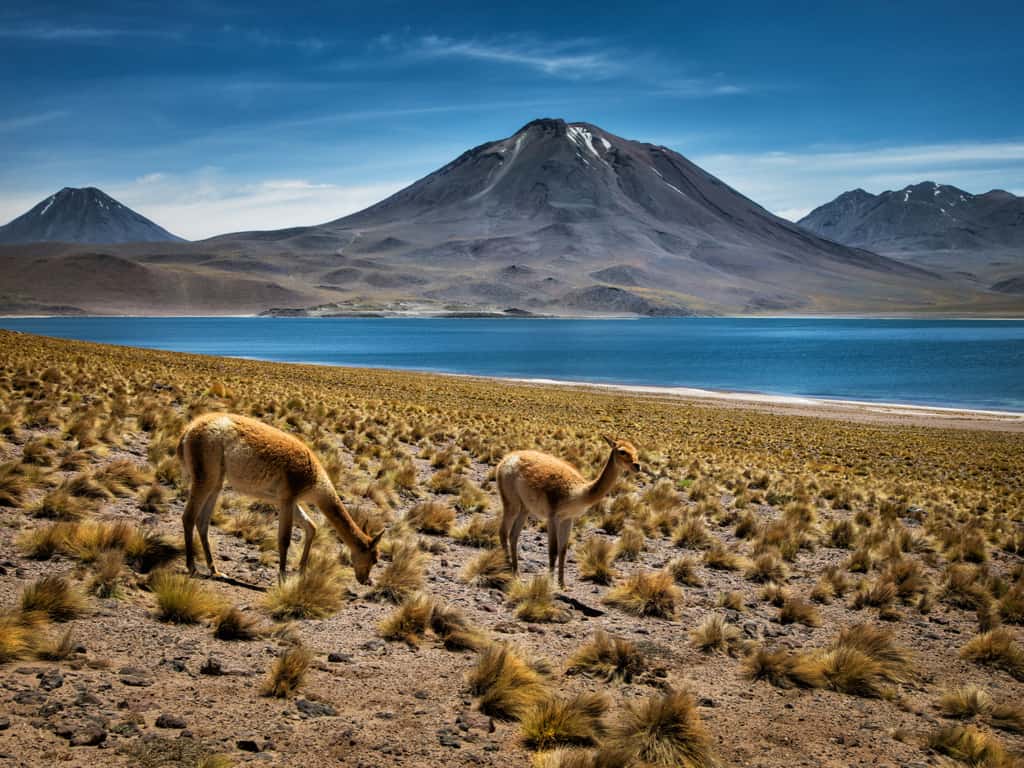
Moreover, moisture advection is prevented due to Atacama Desert’s location between two mountain ranges, namely, the Chilean Coast Range and the Andes Mountains. Contrary to popular opinion, however, the Atacama Desert temperatures are quite low, soaring to 19 degrees Celsius in the summer months.
What is the best time to visit the Atacama Desert?
Although the weather at the Atacama Desert is largely determined by the Bolivian Andes, it is an all-year-round travel destination. The sun is bright during the day and the nights are resplendent with sparkling stars.
However, occasionally heavy rainfall is perceived between January and February while snow prevents crossings from the Atacama Desert to Argentina and Bolivia due to snowfall between June and September. So, you might want to avoid traveling to this region during this time period.
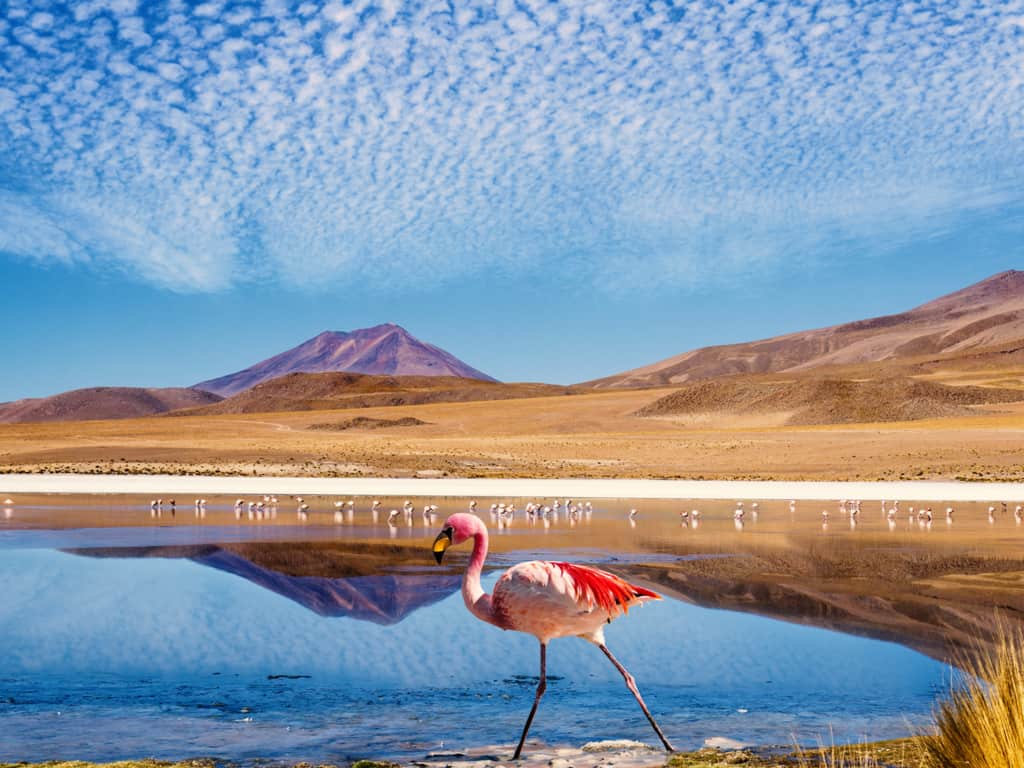
Top 3 Facts about this unique place
Take a look at the top 3 mind-boggling facts about the Atacama Desert:
Archaeological Wonder: The earliest mummified human was first discovered in the Atacama Desert in 7020 BC, predating the Egyptian discovery by several thousand years.
Habitable or Not? The desert aridity does not stop the Atacama Desert from being inhabited by one million people who have established a home base in oasis towns, fishing villages as well as mining regions.
Astronomical Haven: The famous European Southern Observatory is located within the Atacama Desert. The dry weather conditions and high altitude make this desert a perfect place for stargazing.
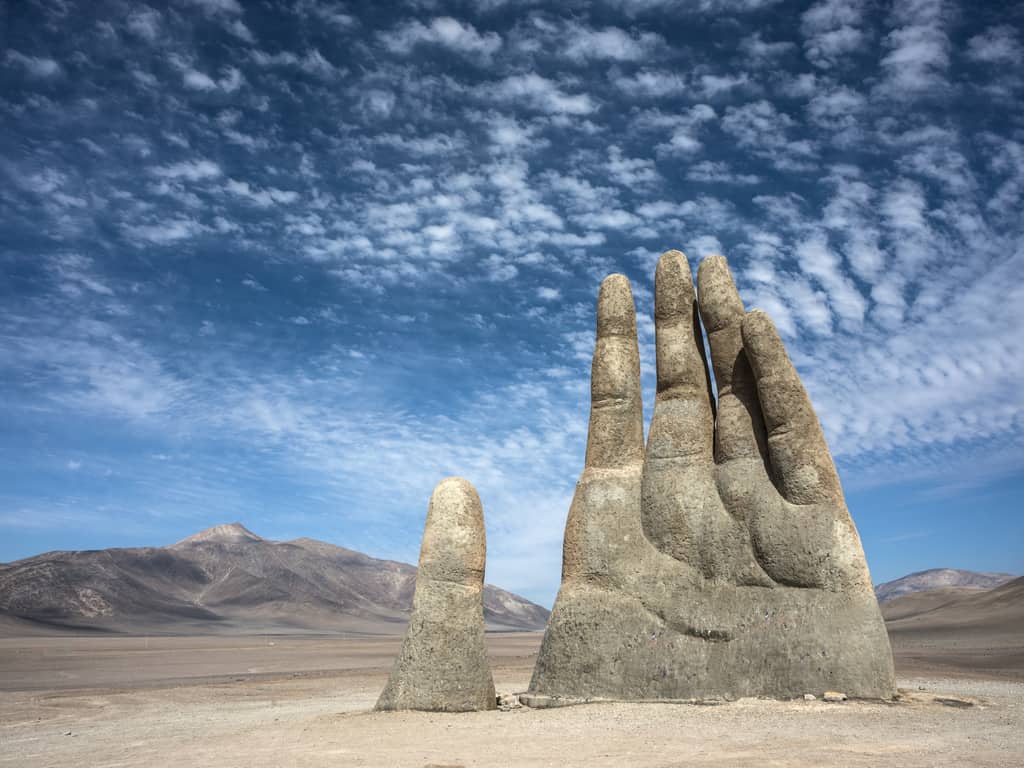
Now that you are equipped with all the information you need about this unique dessert, start creating your travel plans to Mars on earth already!



